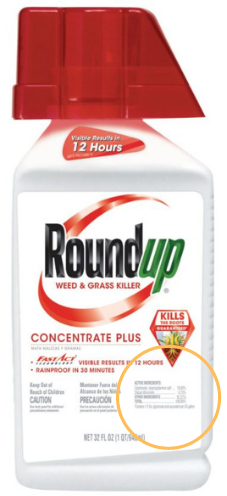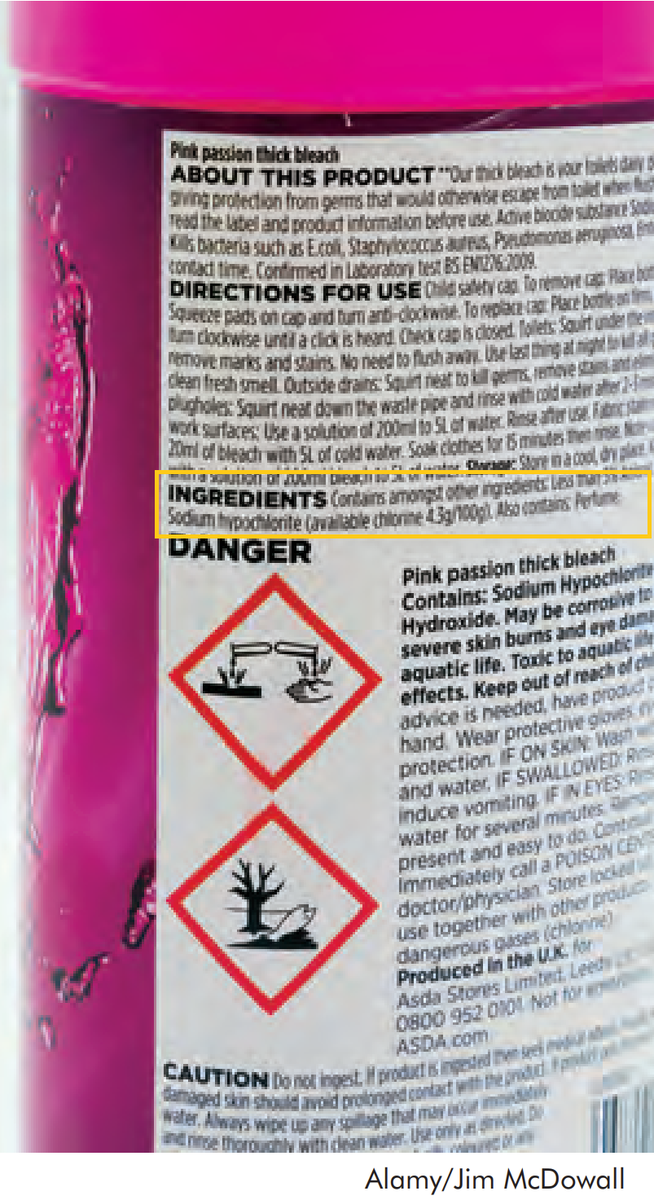Gateway on Pesticide Hazards and Safe Pest Management
How To Find Ingredients in Pesticide Products
Beyond Pesticides offers resources below to evaluate the health and ecological effects of specific chemical exposure from ACTIVE INGREDIENTS in pesticide products, as well as regulatory information and supporting scientific documents. Because various pesticide products can contain more than one active ingredient, it is important to READ the LABEL to determine chemical components.
With 192 different active ingredients and counting, it is essential to establish the connection between the use of these chemicals and their respective hazards.
View the step-by-step guide on how to search for the active ingredient(s) in pesticide products below:
- Go to U.S. EPA's Pesticide Product and Label System and enter the product name. The generic product name may vary.
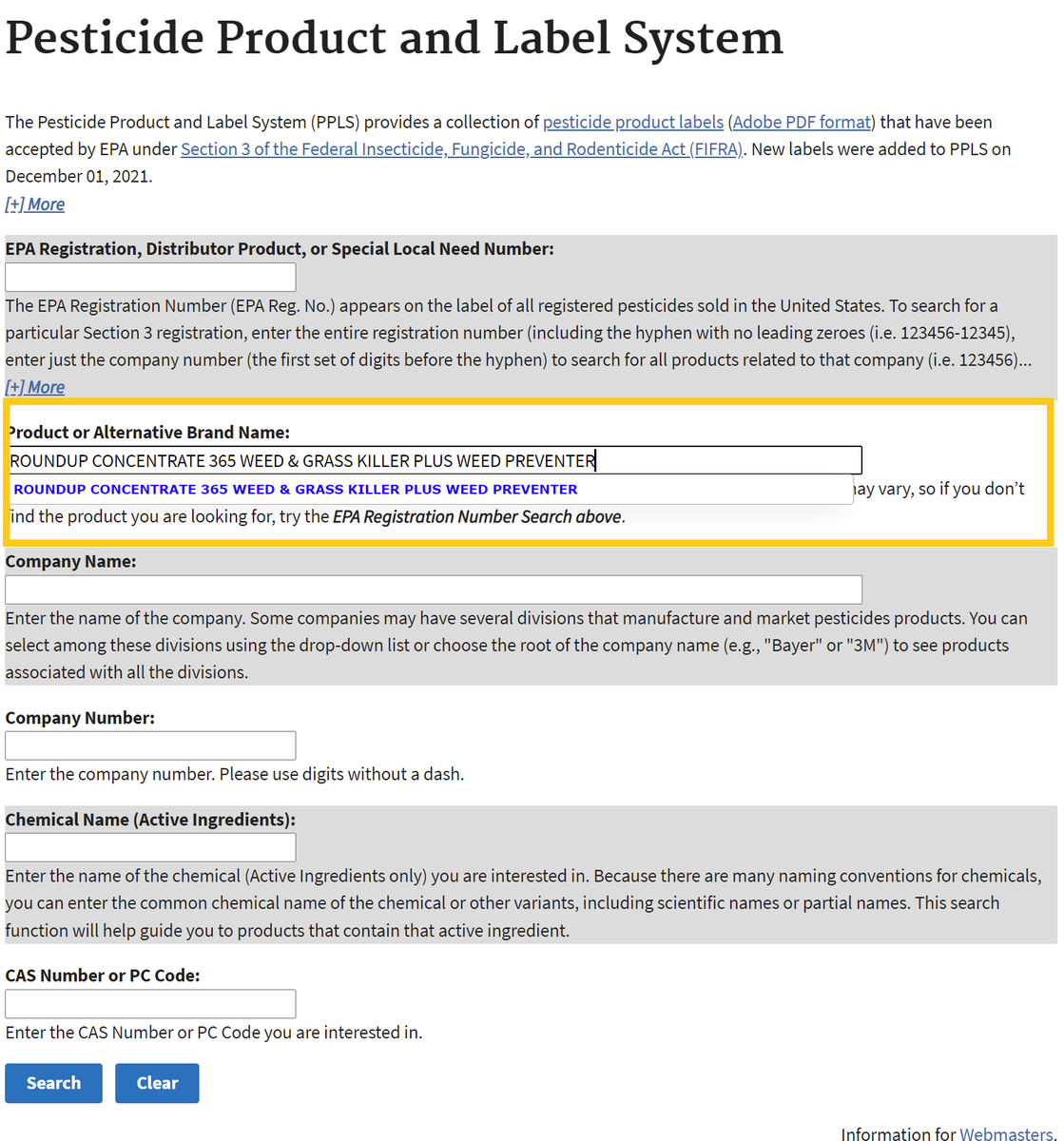
- After searching, click on the chemical ingredients tab or the link for the most recent label to find Active Ingredients.
Chemical List Label List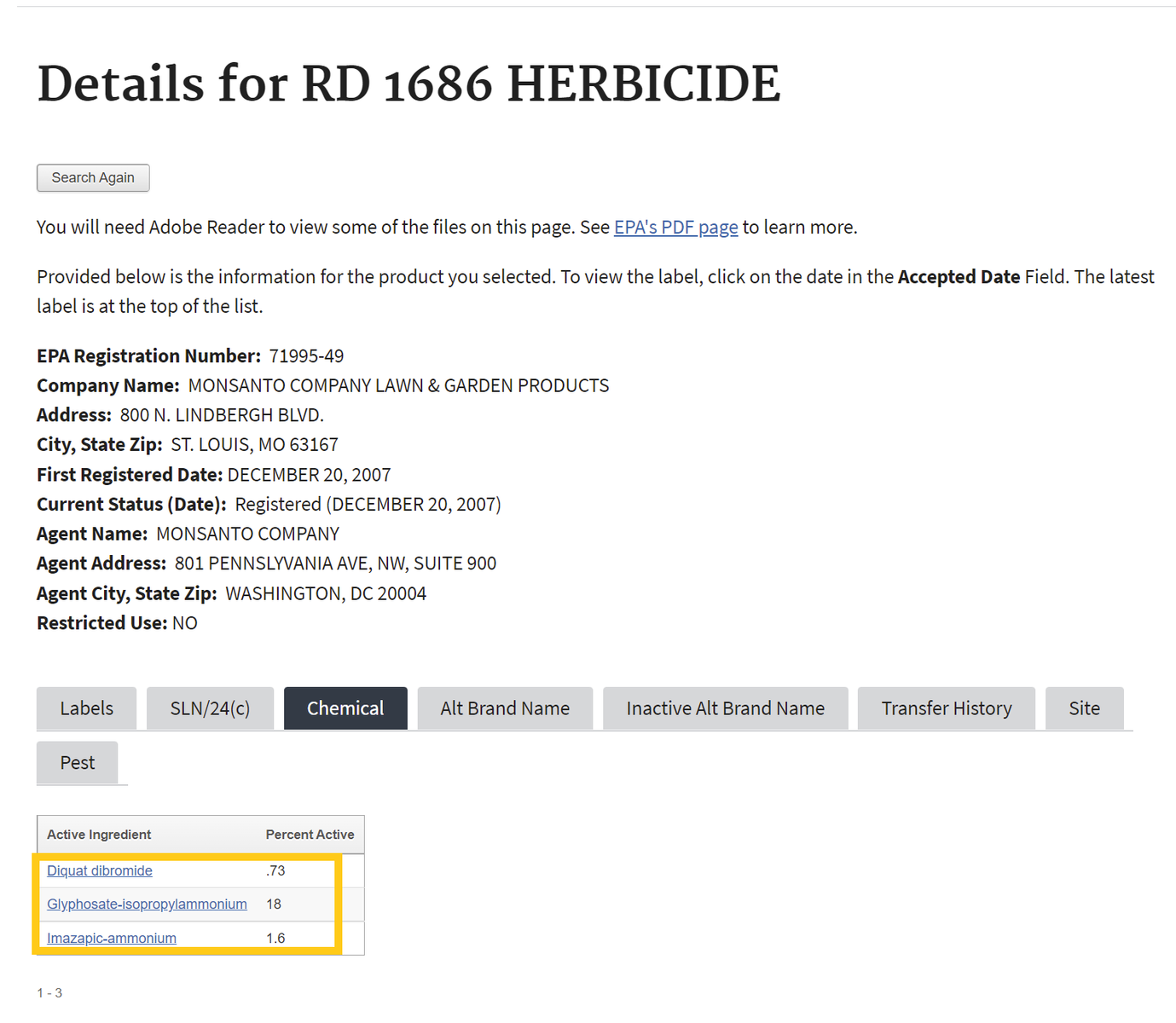
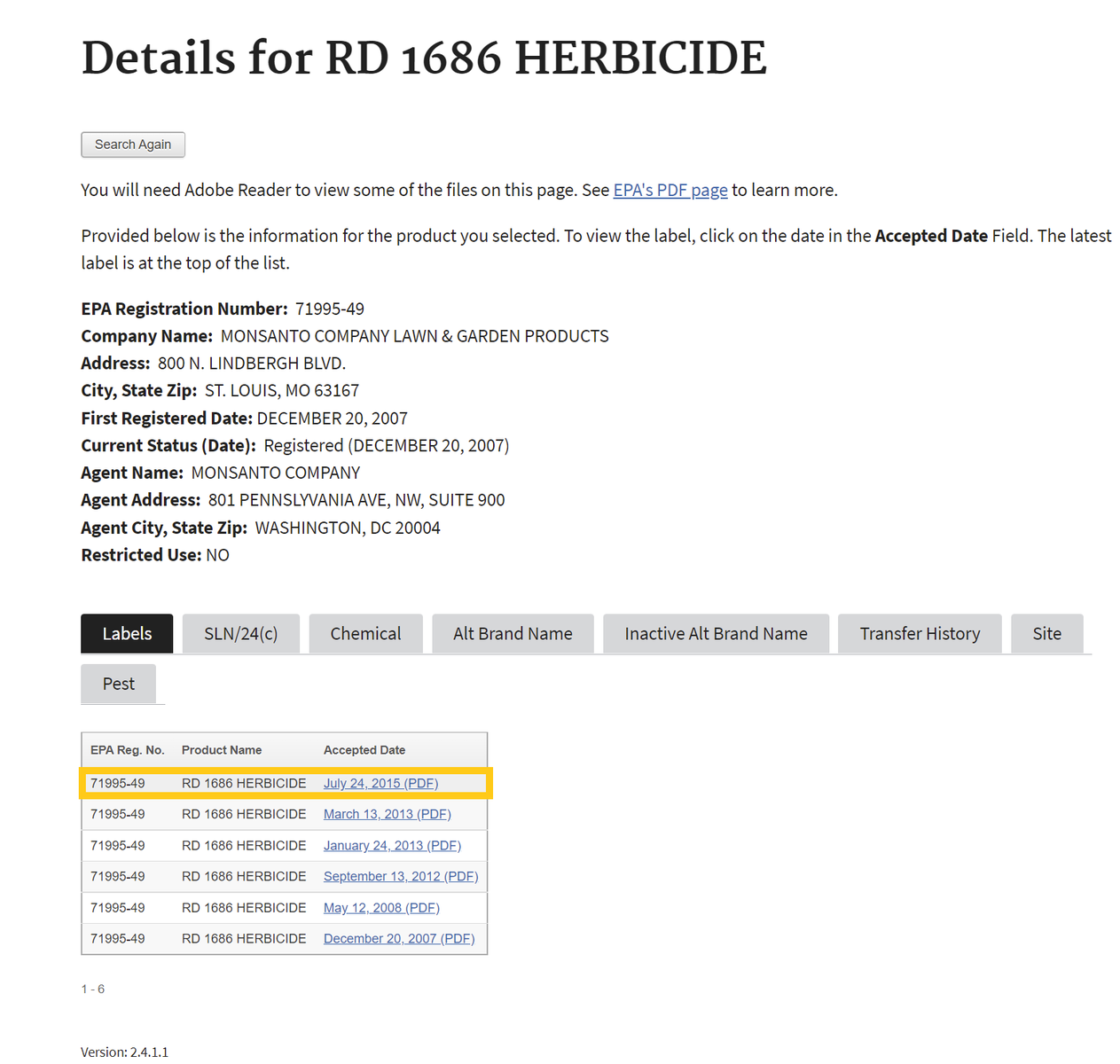
If one selects the chemical ingredients tab, skip to Step 4 . If not, proceed to step number 3 - To find the active ingredient(s) on the label, search for the page in the document containing the date of registration. Usually, the active ingredients section occurs within the first few pages of the label document.
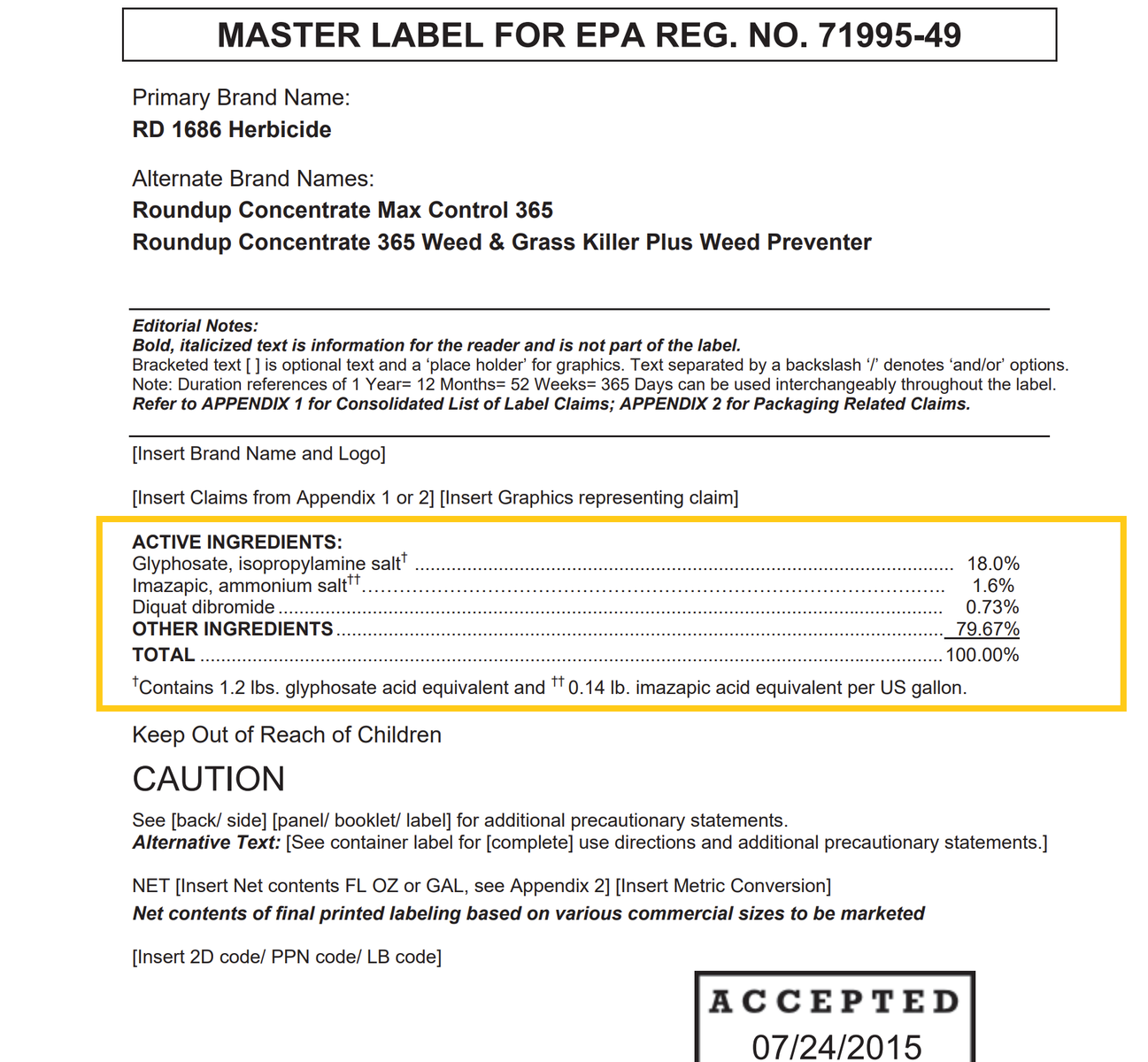
- Return to the Beyond Pesticides Gateway and search for the active ingredient name in the yellow box to the right or from the list below.
Diflubenzuron
General Information
- Fact Sheet: Diflubenzuron.pdf
- Product Names:
- Chemical Class: Benzoylphenyl urea insecticide
- Uses: Agriculture Citrus, cotton, mushrooms, pastures; soybeans, Aquatic Standing water and sewage system uses; Forestry, Residential Outdoor Ornamentals; Targets leaf-eating larvae of insects such as gypsy moth, forest tent caterpillar, Nantucket pine tip moth, velvet bean caterpillar, Mexican bean beetle, green cloverworm, beet armyworm, mosquito larvae, aquatic midge, rust mite, bollweevil, citrus root weevil complex, West Indian sugarcane rootstalk borer/weevil, sciarid fly and face fly.
- Alternatives: Organic Agriculture
- Beyond Pesticides rating: Toxic
Health and Environmental Effects
- Cancer: Not documented
- Endocrine Disruption: Not documented
- Reproductive Effects: Yes (7)
- Neurotoxicity: Not documented
- Kidney/Liver Damage: Yes (4)
- Sensitizer/ Irritant: Yes (7)
- Birth/Developmental: Not documented
- Detected in Groundwater: Not documented
- Potential Leacher: Not documented
- Toxic to Birds: Not documented
- Toxic to Fish/Aquatic Organisms: Yes (7)
- Toxic to Bees: Not documented
Residential Uses as Found in the ManageSafe™ Database
Additional Information
- Regulatory Status:
- Supporting information:
- Daily News Blog entries (Beyond Pesticides)
- Extoxnet Diflubenzuron Factsheet (Extension Toxicology Network)
- PAN Pesticides Database:Diflubenzuron (Pesticide Action Network)
- Studies:
- Adsorption behavior and mechanism of five pesticides on microplastics from agricultural polyethylene films. Wang, Ting & Yu, Congcong & Chu, Qiao & Wang, Fenghe & Lan, Tao & Wang, Jingfeng. (2019). Adsorption behavior and mechanism of five pesticides on microplastics from agricultural polyethylene films. Chemosphere. 244. 125491. 10.1016/j.chemosphere.2019.125491.








.png)
